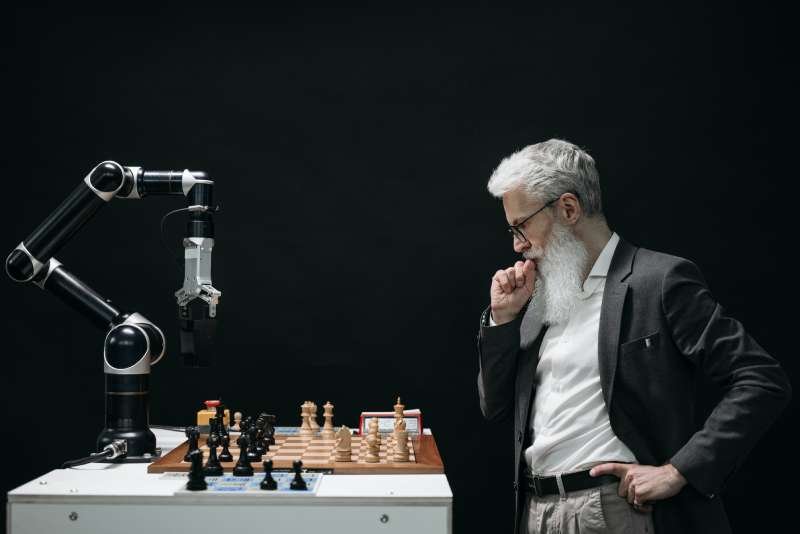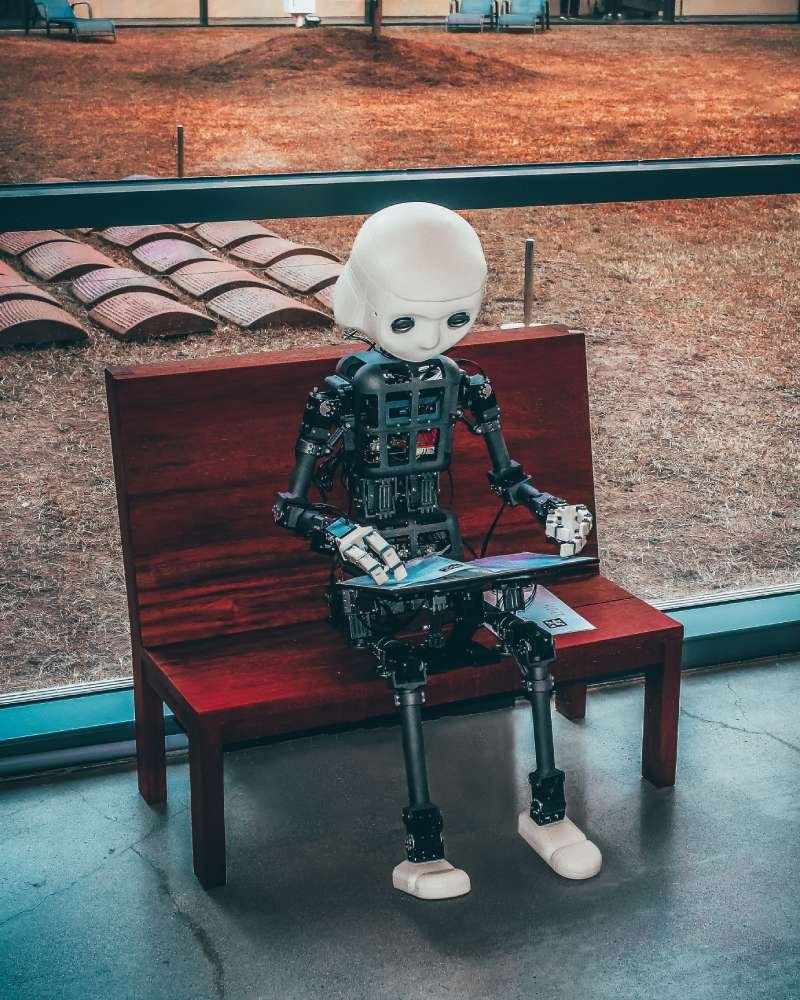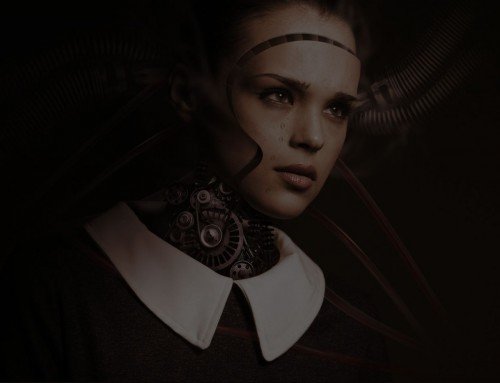In the world where Artificial intelligence (AI) is slowly and gradually becoming an important part of our life, Saman Hamid wonders if it can learn accurate human emotions through deep learning.
Not so long ago, we lived in a very different world. A world where Terminator was relevant as a movie but in reality, many thought machines cannot think!
Fast-forward 2022 like movie reports start trickling about robots attacking humans, or machines having racial bias. Yes! the latter sounds preposterous but is not.
Recently a news story went viral where during a chess match a robot fractured its opponent’s finger. At the onset, the story itself seems very prophetic about a doomsday scenario. If you delve into the details of the matter, Alas! It’s quite different, as the story quotes:

“A chess-playing robot fractured the finger of its 7-year-old opponent during a tournament in Moscow last week.
The incident happened after the boy hurried the artificial intelligence-powered robot, the president of the Moscow Chess Federation told the Russian state news agency Tass.”
Call it the inner bias but years of watching foreign and local media has made me almost always question the accuracy of the details. Let us try to tone down the emotions and re-phrase the incident, the boy, 7-year-old like any other played his move and tried to rush into the next move and the robot held his finger and squeezed it hard. It is a badgered Science fiction plot is it not.
There are two points in all this; the human race cannot be fair, even when there is a robot opposing us, we have to win. I am not blaming the boy but just trying to analyze this general propensity of my own race, regional bias aside.
The 7-year-old boy was genius enough to be opposing the robot, and no let us not get involved in this debate now as to the reasons why my own home country has a dearth of such programmes. Mind you, there is a chess federation but chess is not cricket- period. We are quite simply veering off from the topic; neither are we going to talk about how we will forever lag behind the greats who pit their 7-year-olds against chess-playing robots. The boy “hurried” the robot and that prompted the robot to grab the boy’s hand. In one of the news stories, it was emphasized that the robot was rented. The origins of the robot were not disclosed but it ended happily, as the boy played the next day and completed the tournament, in a cast of course.

In defense of the robot, like any other device, it malfunctioned because the robot was not against a robot but against a boy who simply tried to rush him. The point to ponder though is that instead of grabbing the board, the robot did something very human, he grabbed the boy’s finger. This is the real point to ponder why grab and squeeze it. The robot was lacking empathy as Tsk..tsk… we are talking about Artificial Intelligence (AI) but grabbing the finger and squeezing it is something that is alarming.
If this were not enough, there were earlier reports of a racially biased AI system.

“The study, released last month and conducted by institutions including Johns Hopkins University and the Georgia Institute of Technology, shows the racist and sexist biases baked into artificial intelligence systems can translate into robots that use them to guide their operations.”
All this is of course highly substantial as what is racially biased today may not be so tomorrow. But that does not mean that the aspect that AI can be racially biased should escape scrutiny and general consideration just to curtail costs.
So far, the real-world applications and especially in a country like ours are limited as AI’s penetration is not substantial here. But a) this will not forever remain the case and b) we should be worried as we cannot exist in isolation and away from countries and their bias with these programs, imagine if FATF was automating some things?
We cannot escape the writing on the wall. Just like social media, we need to explore the very real possibility that AI can get emotions.
Mariam Webster describes emotions as:
“a: conscious mental reaction (such as anger or fear) subjectively experienced as strong feeling usually directed toward a specific object and typically accompanied by physiological and behavioral changes in the body.
b: a state of feeling.”
Sure, we can say that the robot didn’t feel anything and gave an automated response to the 7-year-old who will forever think twice about going near the vending machine despite completing the tournament, it was a very conscious response to a direct threat.
Let me elaborate a bit, as far as most of us know AI is built to have automated response, hence catching the finger maybe a built in response. This was not clarified in the news story hence we arrive at the more horrifying possibility the robot learned it by observing. Gradually the rental robot in enough number of tournaments while observing his human opponents, grab and squeeze things in an angered response.
Both are possibility and here is another curve ball for everyone, at the moment, AI is simply performing very basic tasks for us like switching to YouTube with the smart button on our remotes but what is suggested to us by YouTube is also algorithm-driven and disturbingly accurate as per our mood 60% if not 90% of the time. Hence, is it not possible for AI to learn things?
Solutions?
The Washington Post article made an interesting observation; we are building programs on existing programmes. A thorough Audit is required and for some things, extended costs must be endured in favor of long-term consequences. We need to shift the paradigm when it comes to AI. It can be biased and can react. It can have emotions and we need to integrate not abstain technology based on this consideration. And as for chess tournaments and other things, perhaps a little distance would be better.
Author Saman Hamid is an IBA alumni (2009), teaching her way through life in Peshawar, Pakistan. Loves to write, read and stream her favorite dramas.

